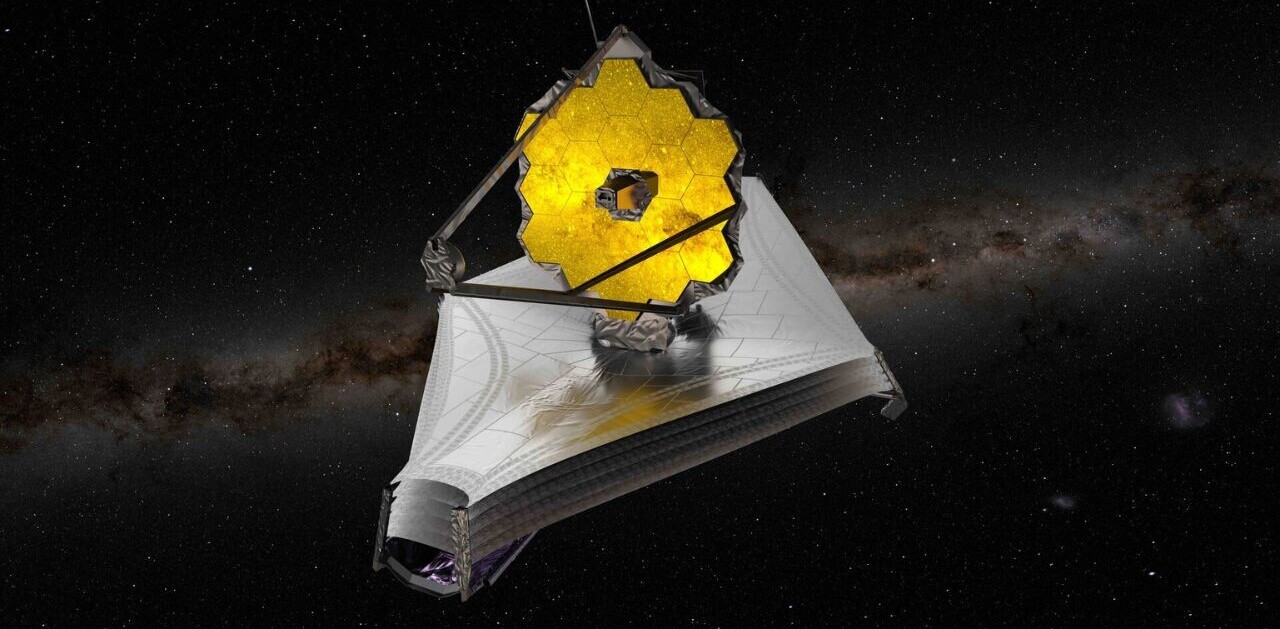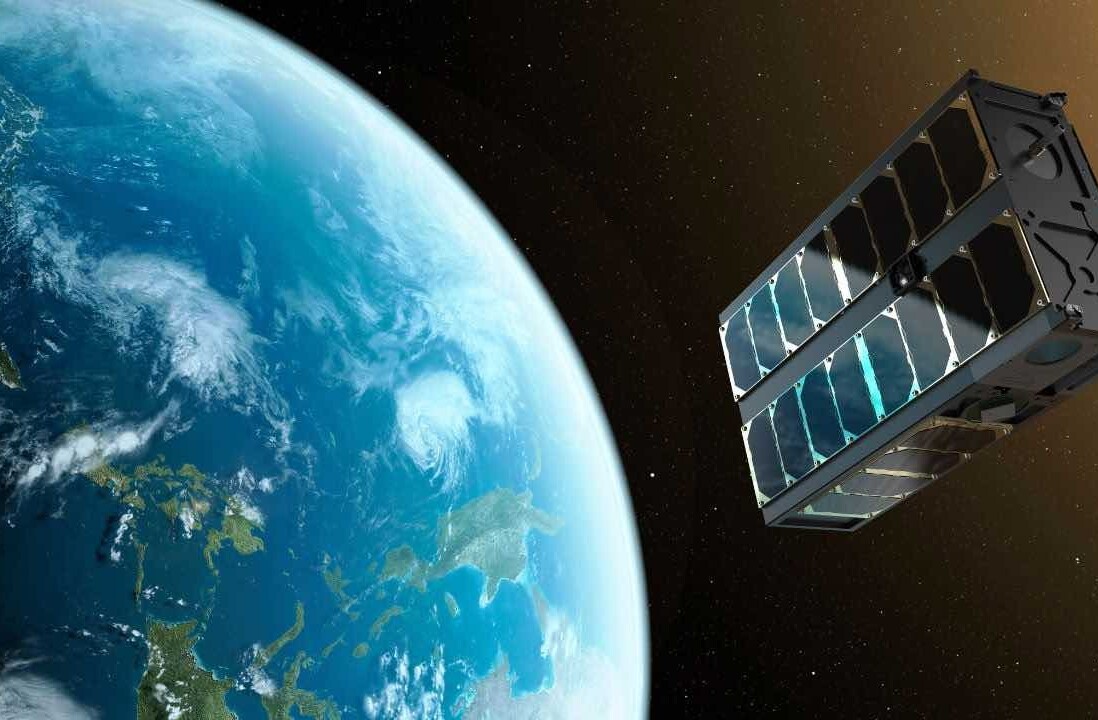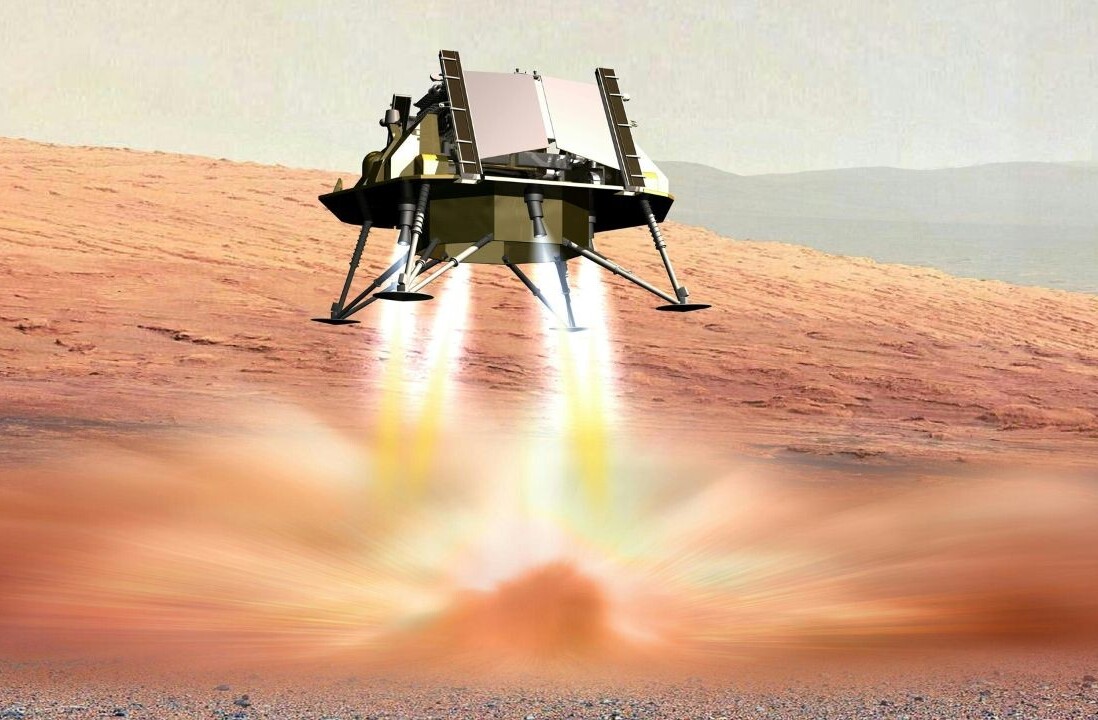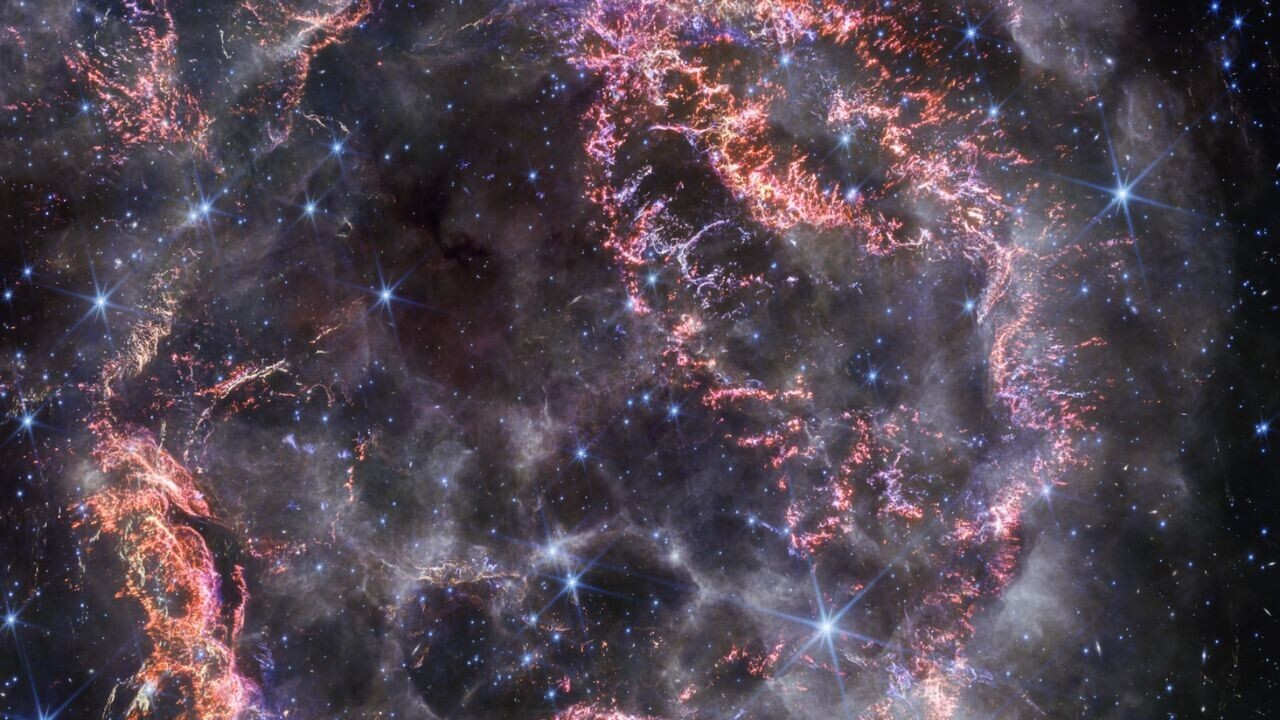
The James Webb Telescope’s new image of Cassiopeia A (Cas A), a supernova remnant that is located 1,000 light-years away, has marked a new era in the study of its explosion.
Already in April 2023, Webb’s MIRI (Mid-Infrared Instrument) revealed new and surprising features within the inner shell of Cas A. Interestingly, many of those features are invisible in the latest image by the telescope’s NIRCam (Near-Infrared Camera), while the NIRCam image appears also less colourful than the one provided by MIRI.
But according to researchers, this is simply the result of different wavelengths — and instead of showing less information, the new image actually reveals intricate details.
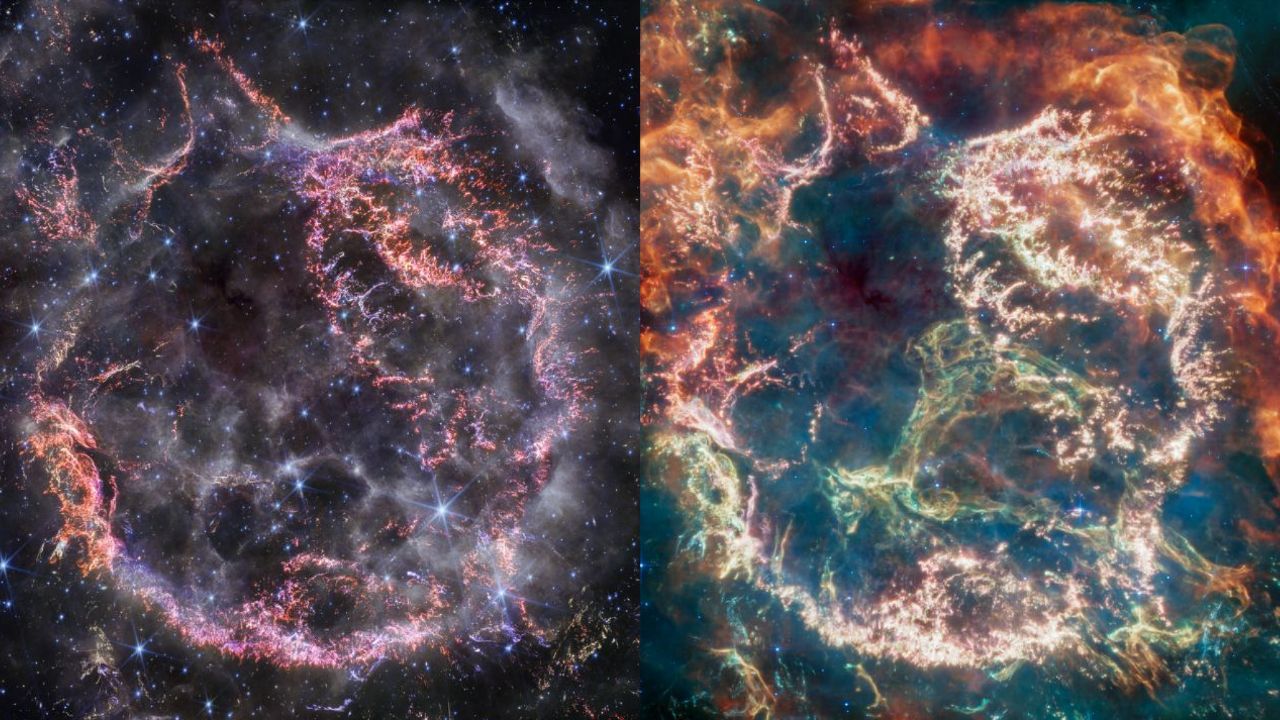
The most vivid colours of Webb’s latest image are orange and pink, displaying a mixture of gases, cosmic dust, and molecules. When compared to the mid-infrared view, the near-infrared view shows Cas A’s inner cavity rather colourless, looking like whitish smoke instead of having a deep orange and red shade.
Scientists believe that this view actually marks where the supernova blast wave is smashing into the surrounding circumstellar material. They also conclude that the white colour is light form synchrotron radiation, generated by charged particles travelling at extremely high speeds and spiralling around magnetic field lines.
Ionised gases and supernova offsprings
Another difference between the two images is that the loop of green light in the supernova’s central cavity, which glowed through MIRI, isn’t visible in the NIRCam image. But while the previously unexplainable “Green Monster” doesn’t appear in the newest image, it’s possible to see circular holes outlined in purple and white emissions, which represent ionised gases.
According to the research team, this is the result of the supernova debris pushing through and carving gas left behind by the star before it exploded.
Meanwhile, the NIRCAM unveiled a never before seen feature: an offspring of the main supernova, named Baby Cas A, at the bottom right corner of the camera’s view.
James Webb is not only the largest, but also the most powerful telescope ever sent into space, and it has already yielded some of the clearest and most spectacular images of stars and galaxies.
It’s an international collaboration between NASA, ESA, and the Canadian Space Agency (CSA).
Get the TNW newsletter
Get the most important tech news in your inbox each week.
